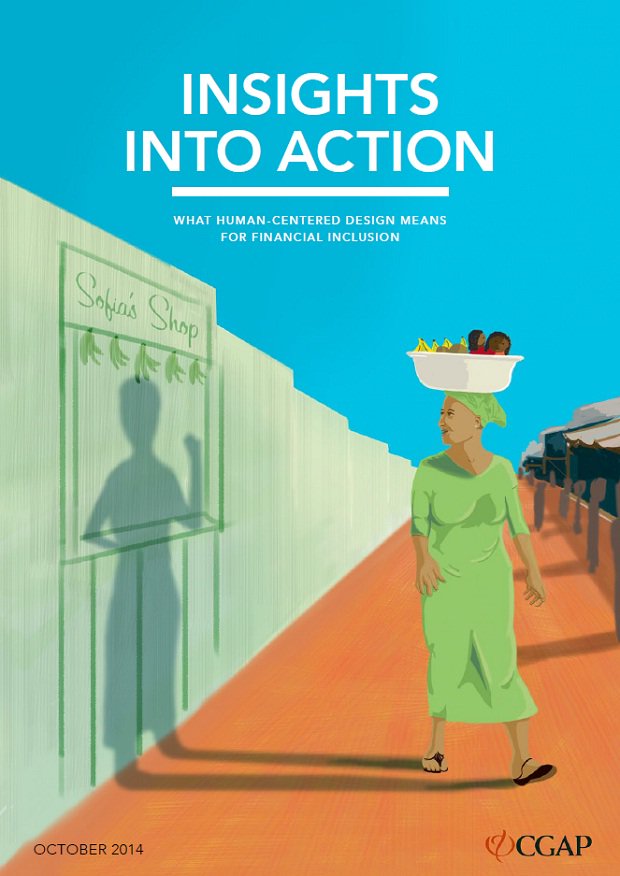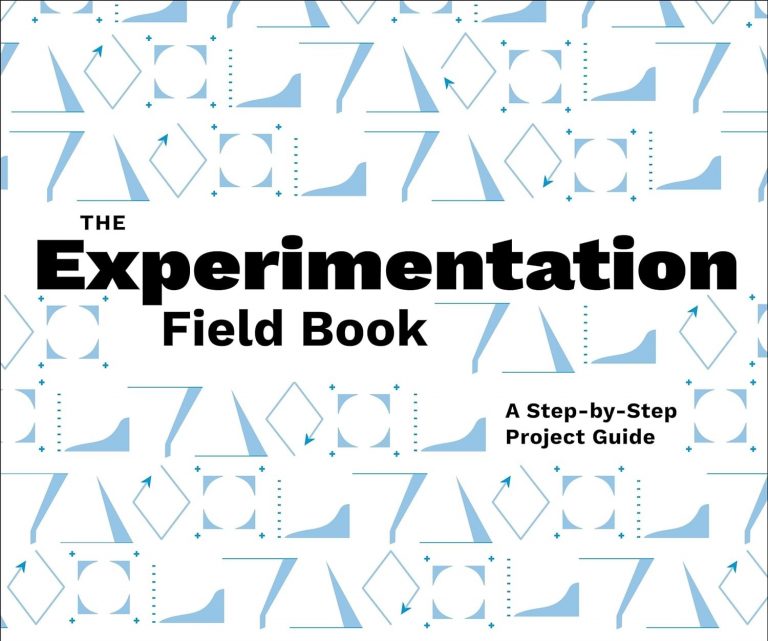What human-centered design means for financial inclusion

What Human-Centered Design Means for Financial Inclusion
Yanina Seltzer, Claudia McKay
16 October 2014, 126 pages
Interactive publication
Download pdf
CGAP has released today a 126 report entitled “Insights into Action – What Human-Centered Design Means for Financial Inclusion“.
The acronym CGAP stands for Consultative Group to Assist the Poor. It is a global partnership of 34 leading organizations – hosted within the World Bank – that seek to advance financial inclusion.
Publication abstract
Well-established in other industries but relatively new to financial inclusion, human-centered design (HCD) is a process built on learning directly from customers in their own environments. The process challenges financial providers to understand, create, evolve, and test possible solutions and repeat the cycle for as many times as it takes.
CGAP has experimented with seven HCD projects in eight countries. We brought leading design firms to work with banks, telecos, and insurance intermediary. As a result, we developed 175 financial product concepts and 30 prototypes. One lesson learned during these projects is that mobile money as a solution to financial inclusion for the poor is not without challenges. Using human-centered design as a method for examining how financial services work for the poor gave us many ideas about how to combine the best of informal financial services with what we know to be the strengths of mobile money.
Maybe the biggest lesson from these seven projects is that it’s going to be a challenge to integrate mobile money into the lives of the poor. Mobile money is not a magic bullet and neither is HCD. Even the most customer-centric and innovative concepts can fail without an ecosystem designed around the needs of customers. The flip side of this is that by working with HCD techniques, we have gleaned insights from hundreds of people that make us incredibly hopeful. Together, the results of these projects are helping to point the way forward.



